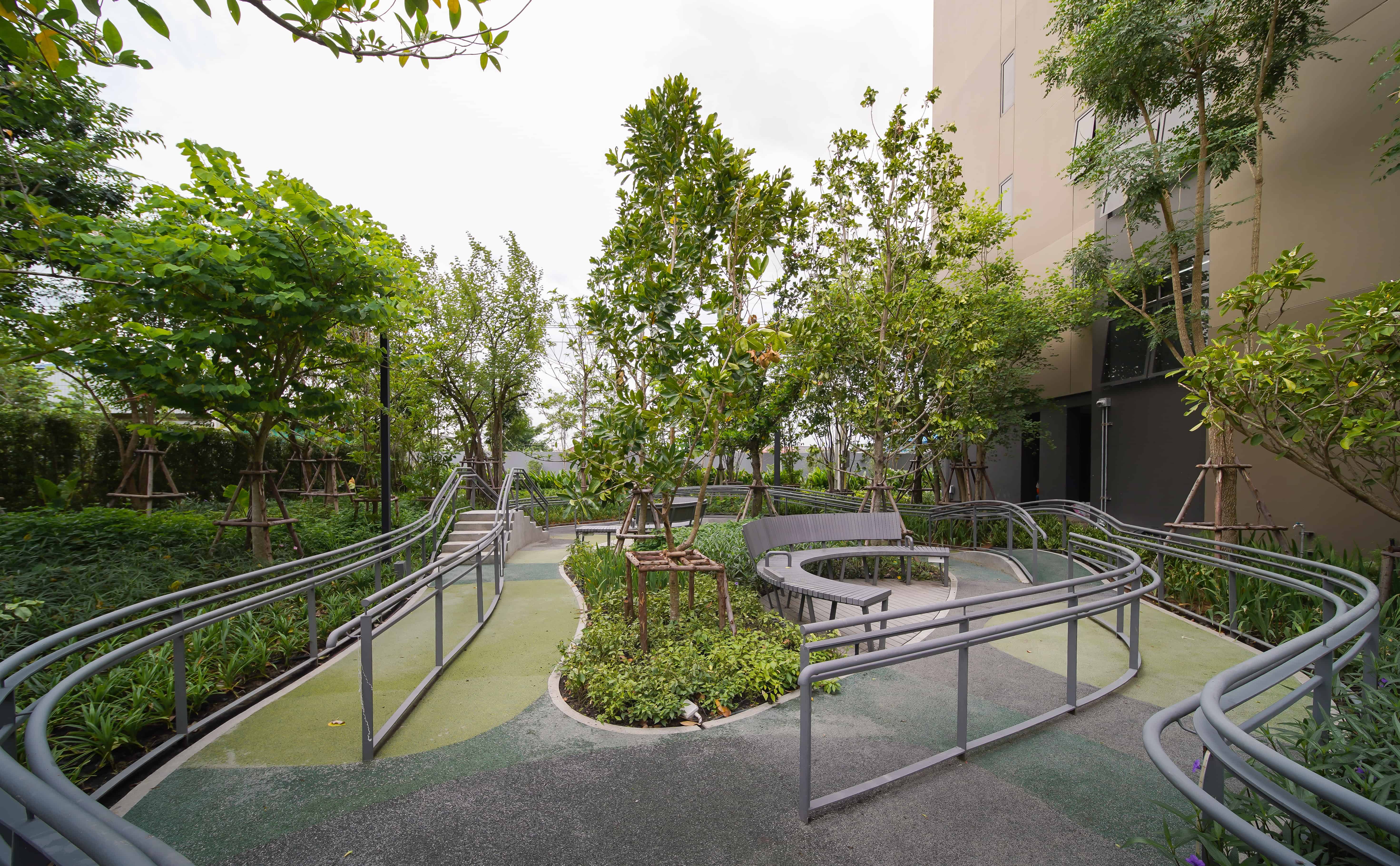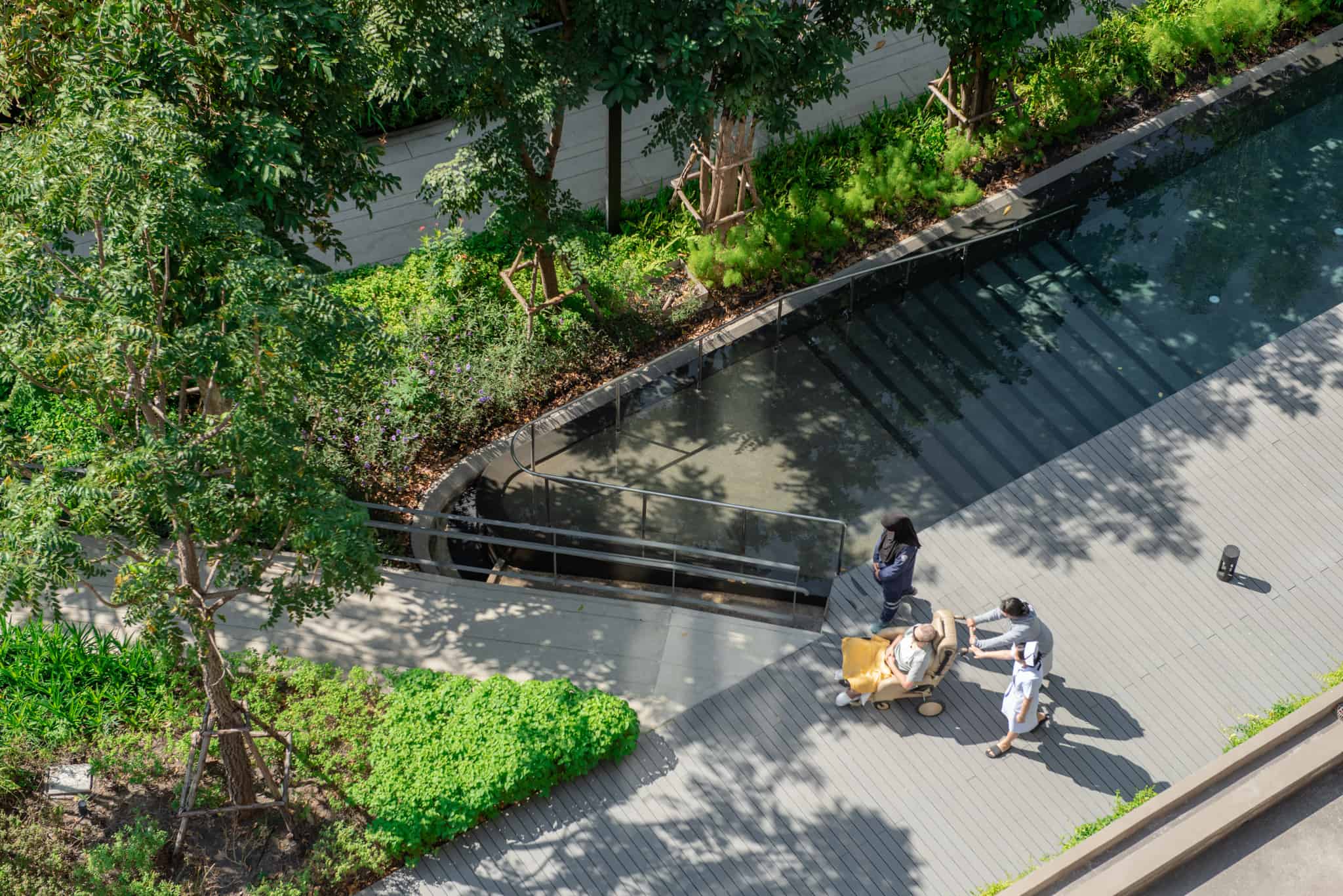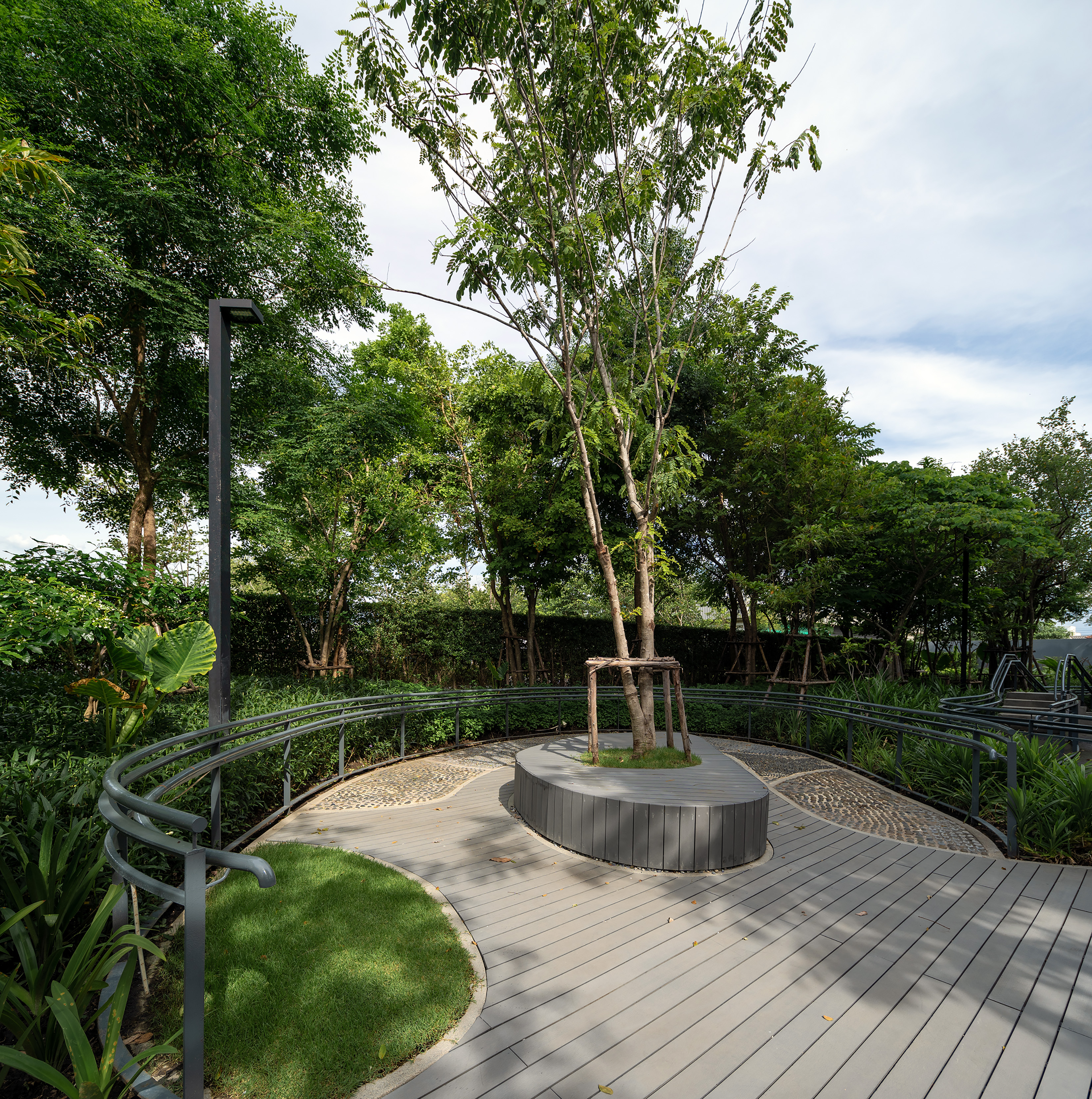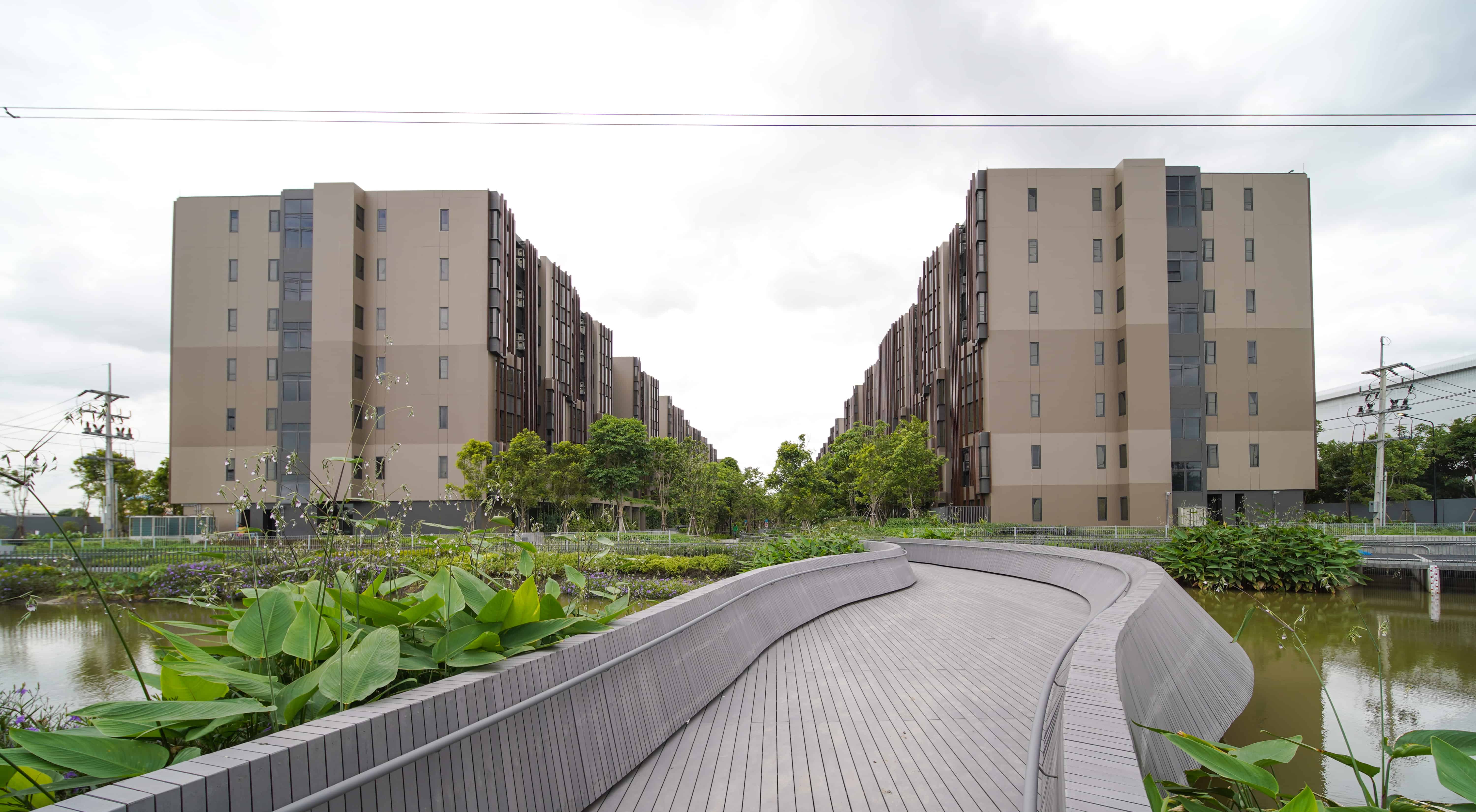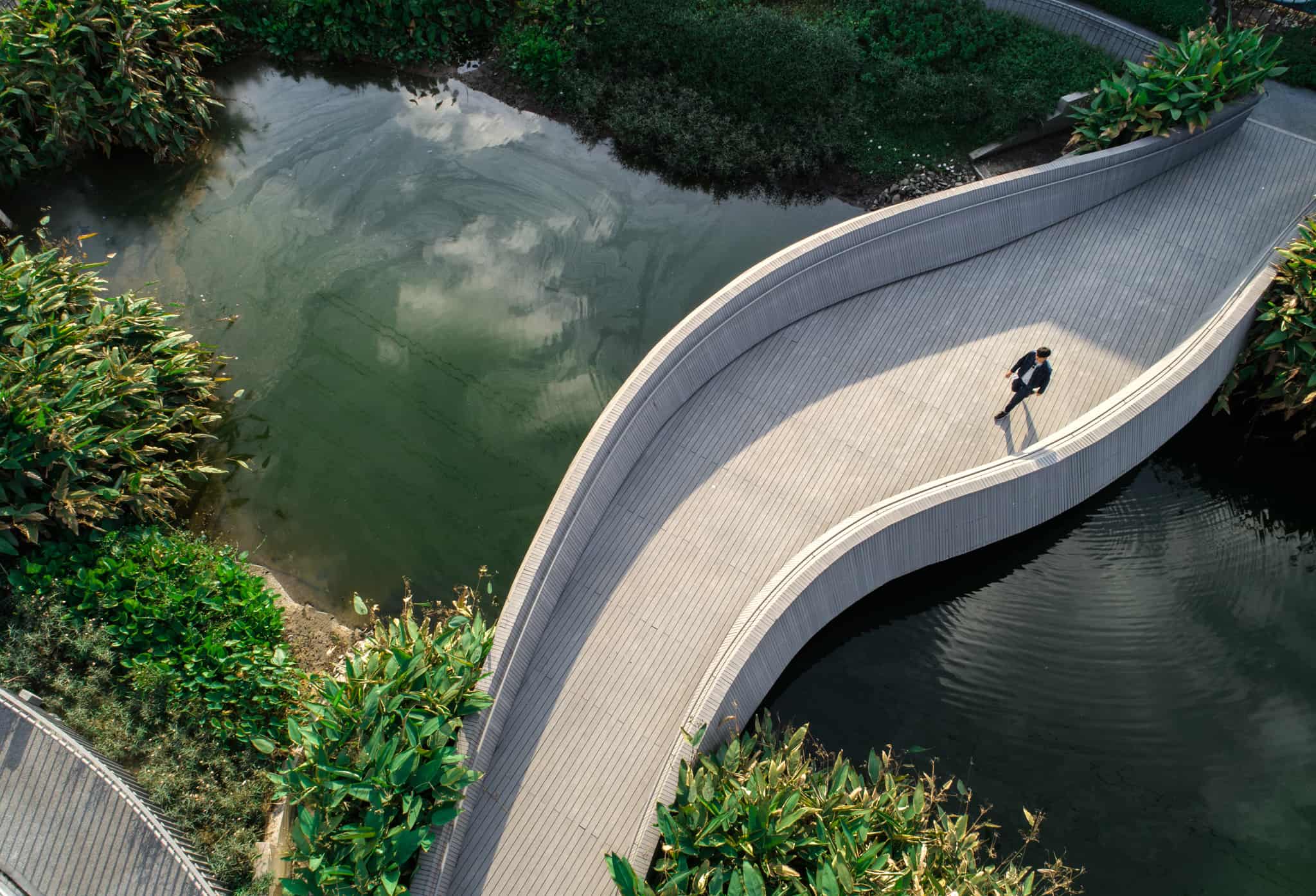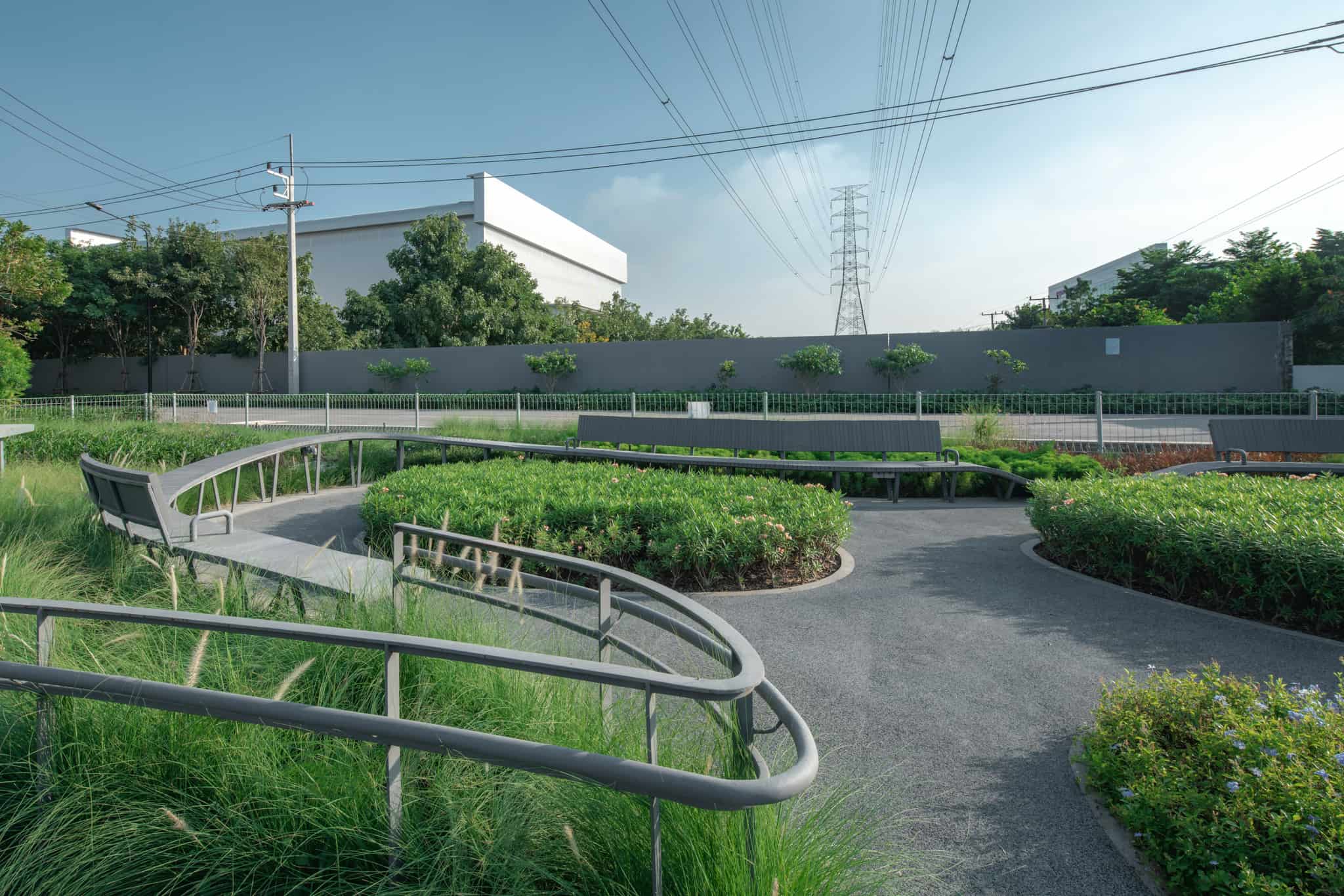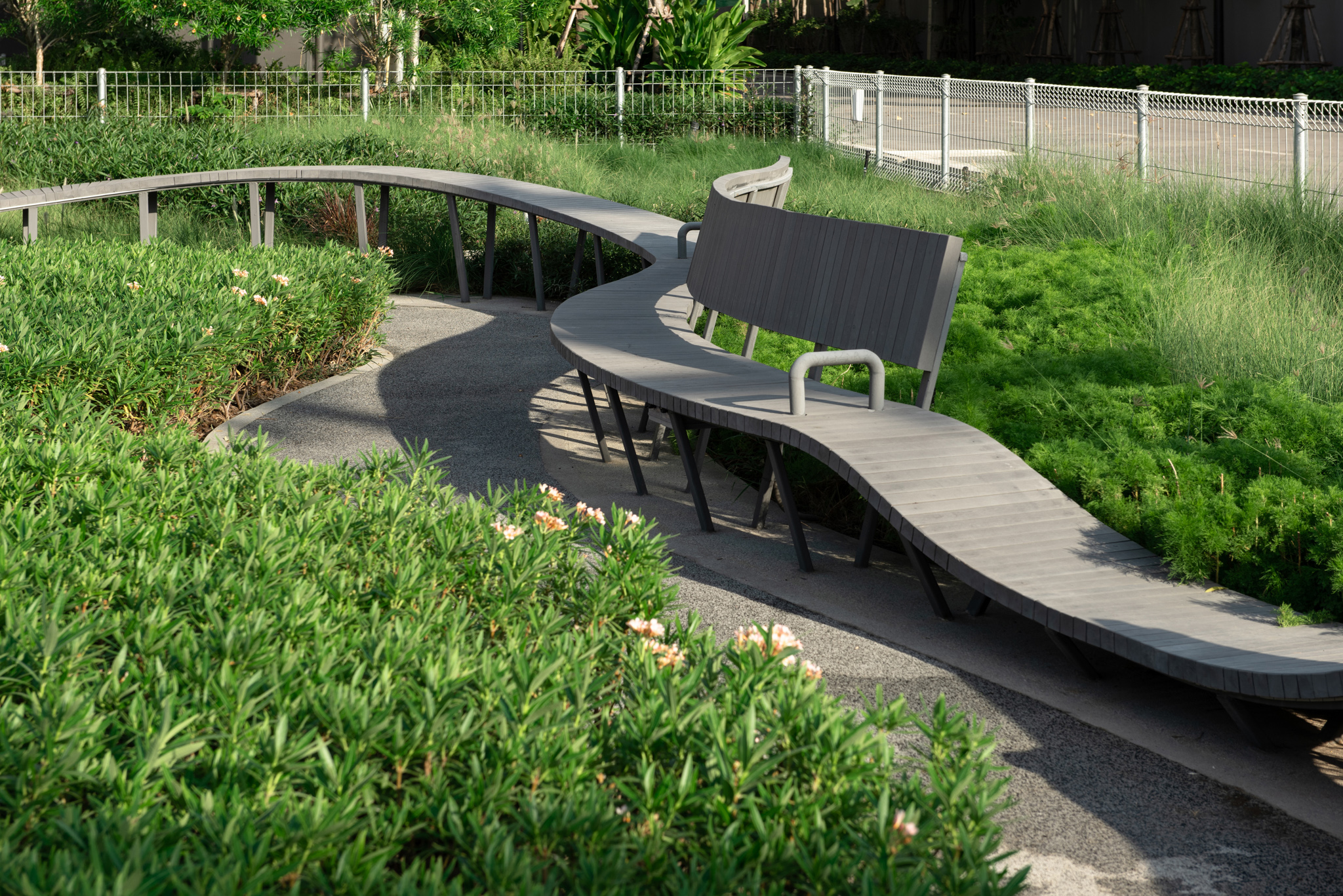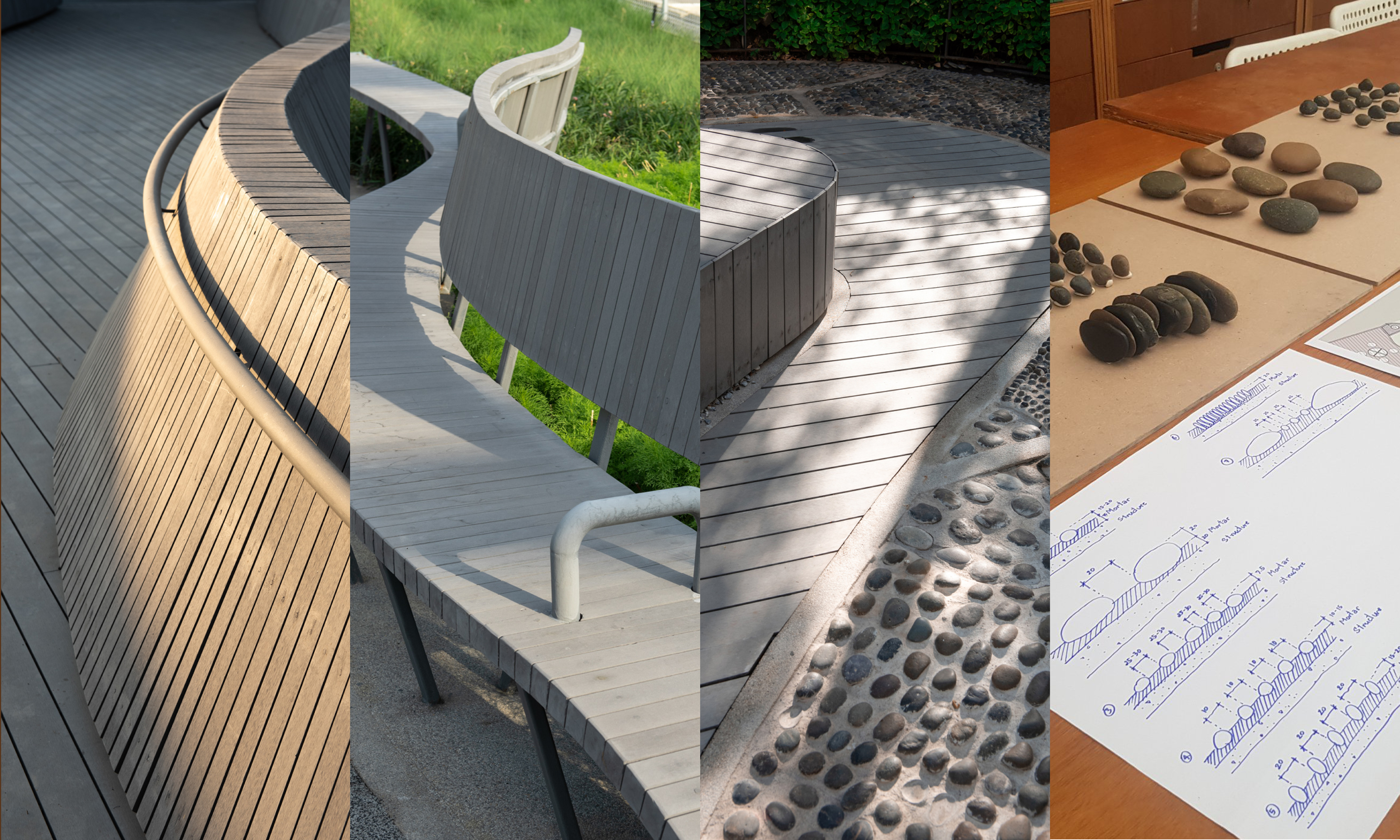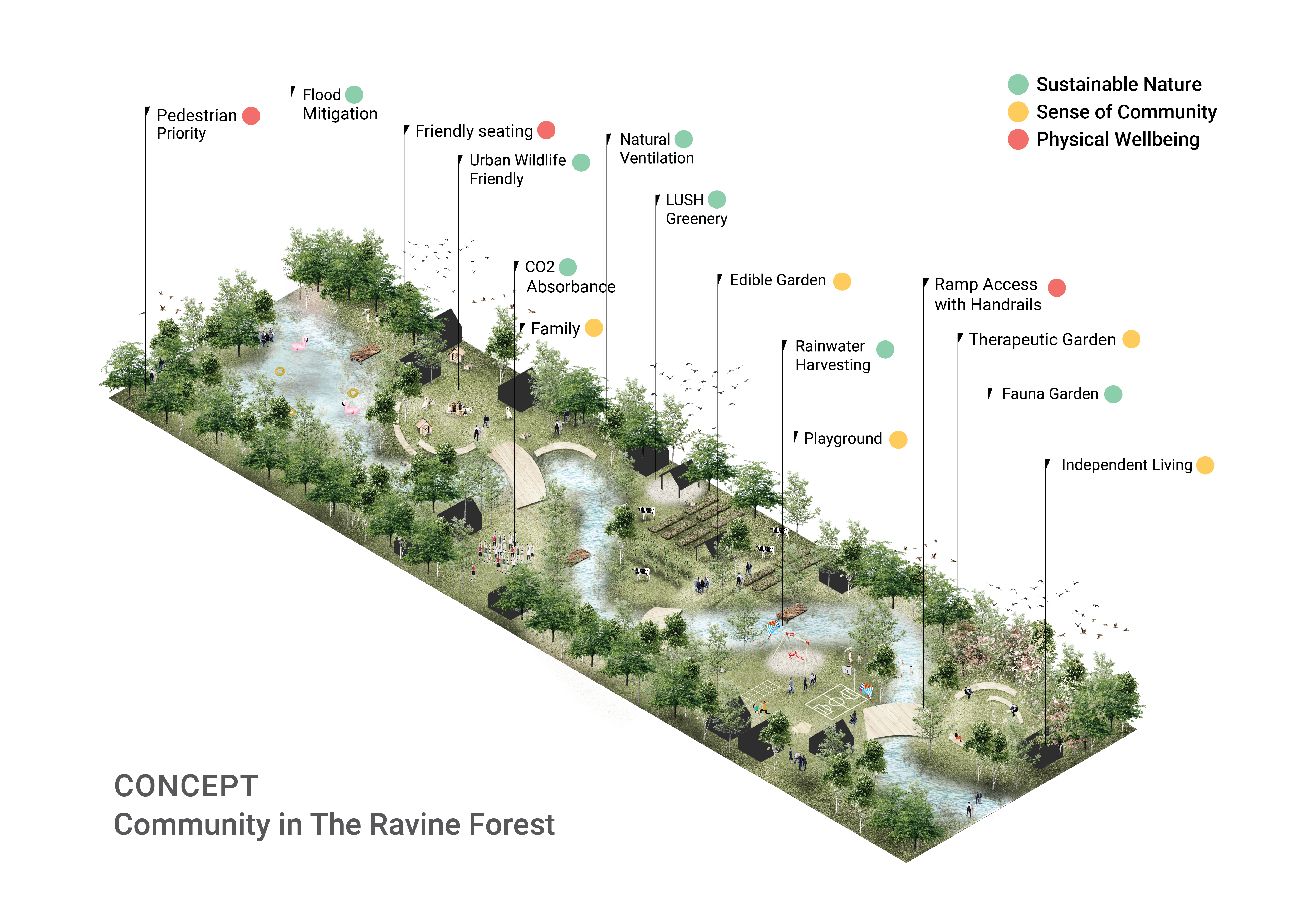
Project Information
Name of Project: Jin Wellbeing County
Client: Thonburi Healthcare Group
Category: Biodiversity/Ecology, Commercial & Mixed use
Location: Bangkok, Thailand
Design Period: 2016-2018
Completion: 2018 (Phase 1)
Site Area: 228,000 SQ.M.
Collaborators: Openbox Architects
Photographer: –
Awards: Environments For Aging (EFA) 2018; Winner Award in Senior Living Catagory 13th PropertyGuru Thailand; Best Senior Living Development & Universal Design
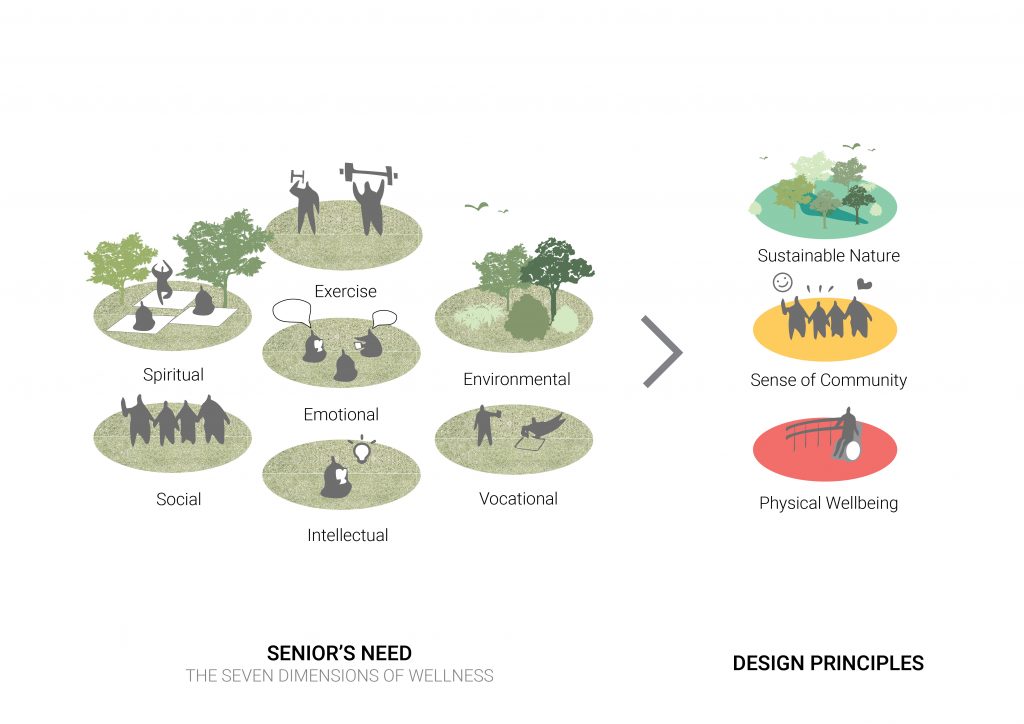
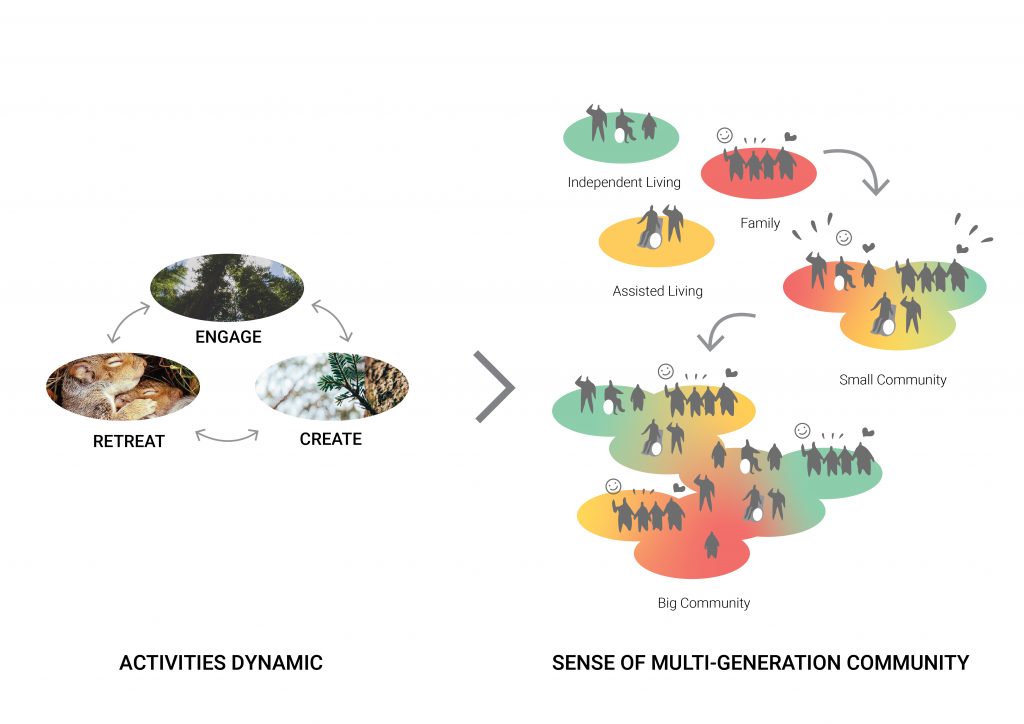

Inspired to create the “Community in the Ravine Forest”, Shma turns this lifestyle complex into a forest in the city with a wide variety of plants and stream. With perfect ecosystem, birds and insects will be attracted to the project, creating a seamless link with the nature. Shma believes that a perfect harmony in living with nature will enhance people’s physical and mental health, leading to longevity.
Ecologically sustainable design has also been integrated into every element in the project design. Water management, for example, is optimized through the stream that runs through the entire project linking all parts together. A lake was built as a reservoir storing rainwater hold to keep the project green.
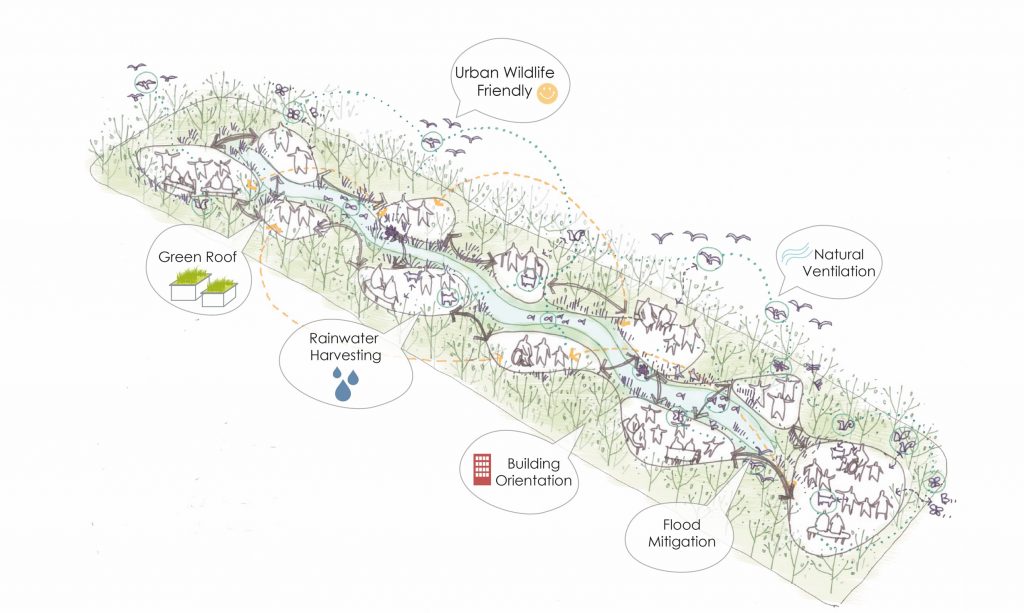
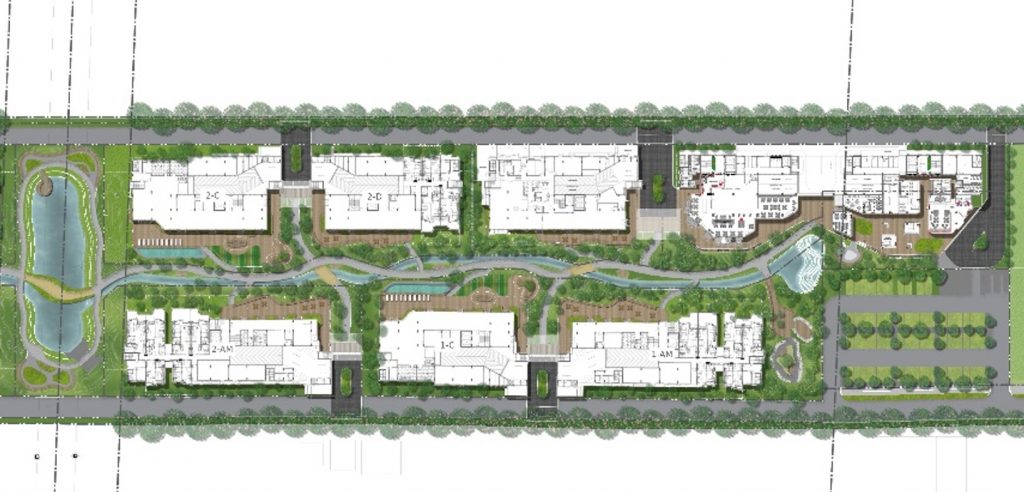
The common area is also specially designed to inspire the retirees to go out and have an active social life. The wooden balcony in front of each building locates tables and chairs for people to mingle and do activities together. Other activities, such as herbs and vegetable gardens, both on the ground and on the table, allow anyone, including those with a physical disability, to enjoy growing plants. Swimming pool and Jacuzzi pool are designed to be friendly and safe to everyone.
The large jogging track connects all the outdoor areas, zigzagging through the green areas, flowerbed and wetland. Exercise ground and playground are located in the same area to encourage people of all age to have fun activities together.
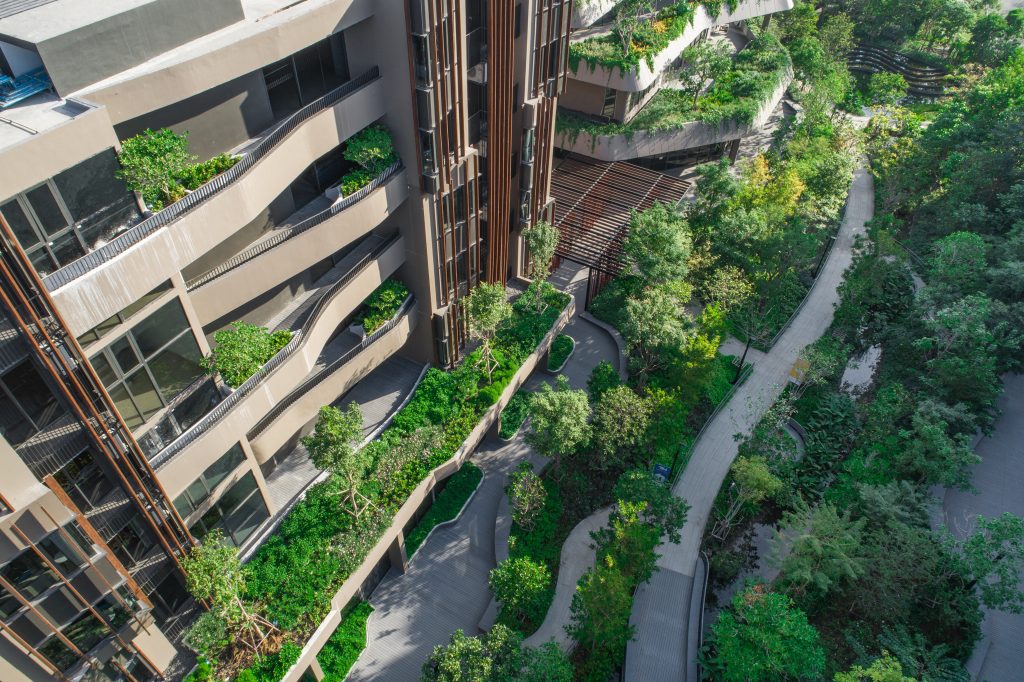
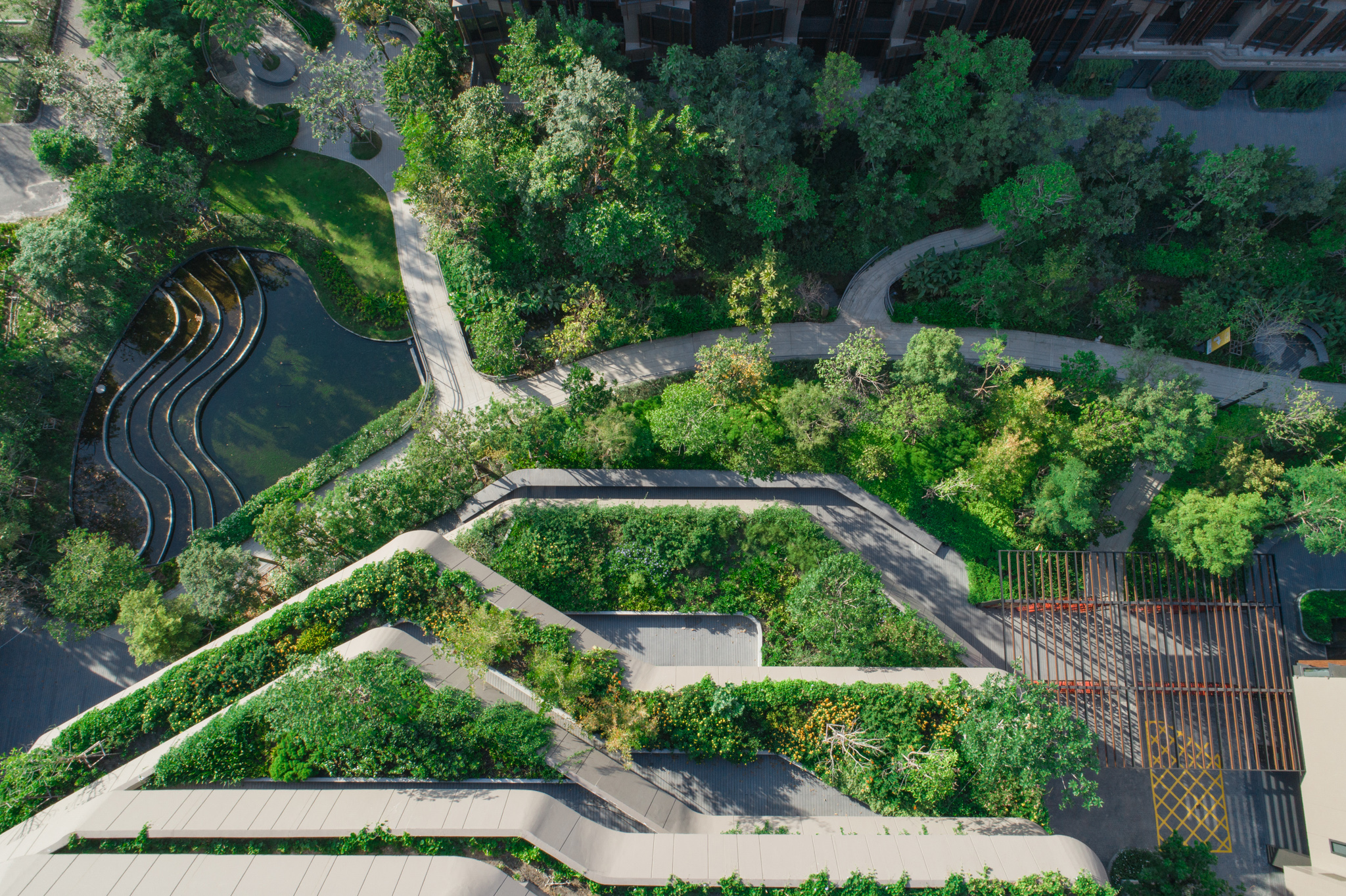
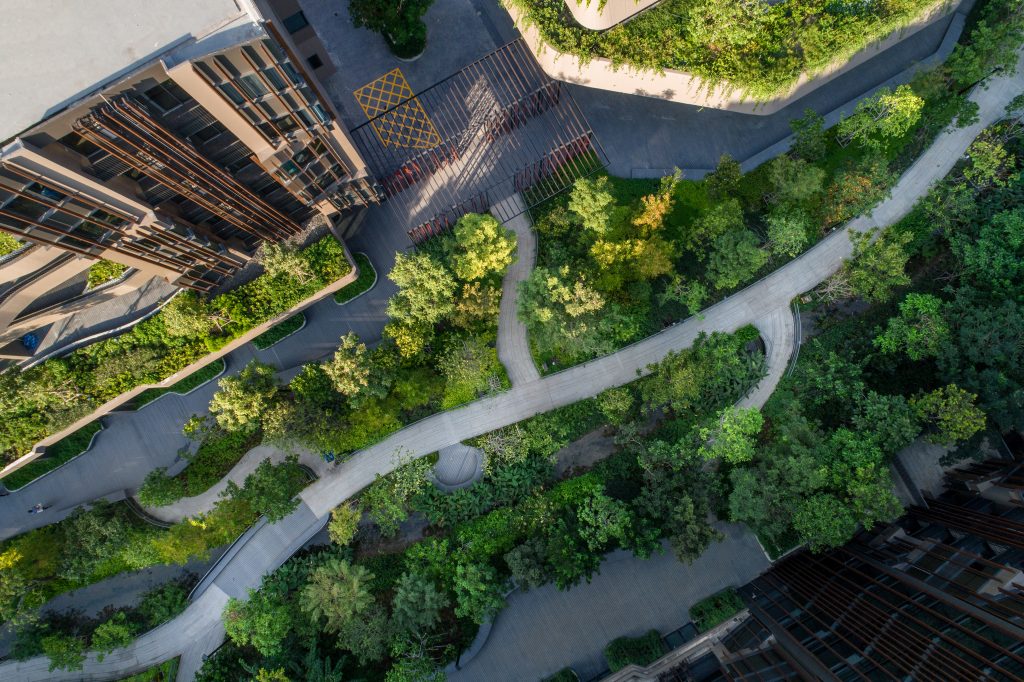
Another highlight is the Therapeutic Garden that connects the Aged Care building and Clubhouse. Built for people who need special care, the therapeutic garden encourages people to exercise their five senses – sight, hearing, taste, smell and touch, to promote holistic health. The garden also locates table and chair sets situated under the shade of big trees. Other parts of this Therapeutic Garden includes the green lawn by the stream, waterfall, reflexology path that massages feet while walking, and a unique trail for physical therapy on flat road, slope and steps as well as walking track with handrail that allows caretaker to walk along with people who need special care to rebuild their strength.
At the front of the Clubhouse is a cascade that originates the streams in the project. This reflects the forest atmosphere. The highlight at the Clubhouse is the swimming pool on the second floor which is designed for people of all age. It comprises the standard 25-metre swimming pool, a child pool, social pool, jacuzzi pool and pool deck. The variety of pools is designed to best address the different needs and lifestyle of different people.
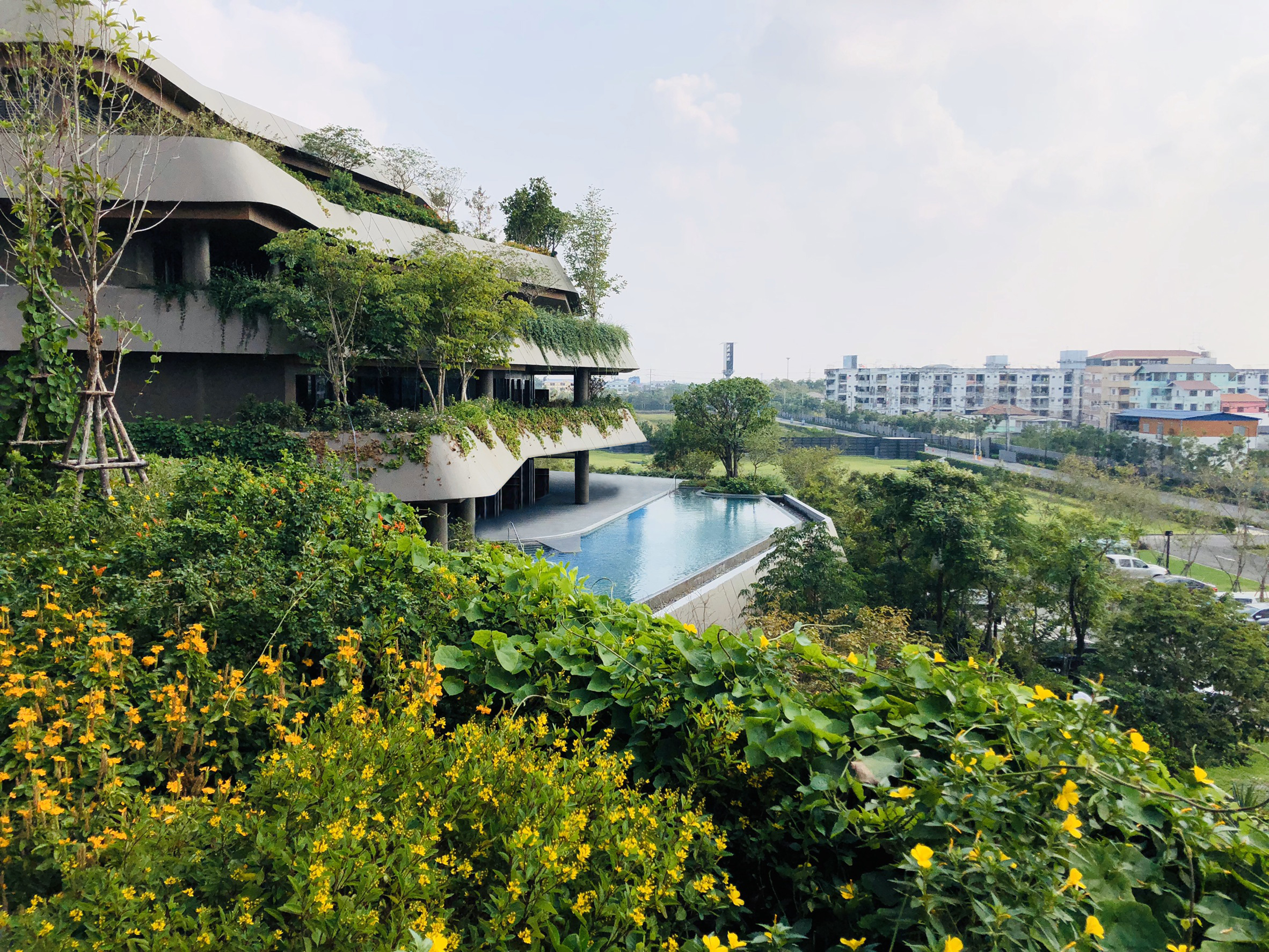
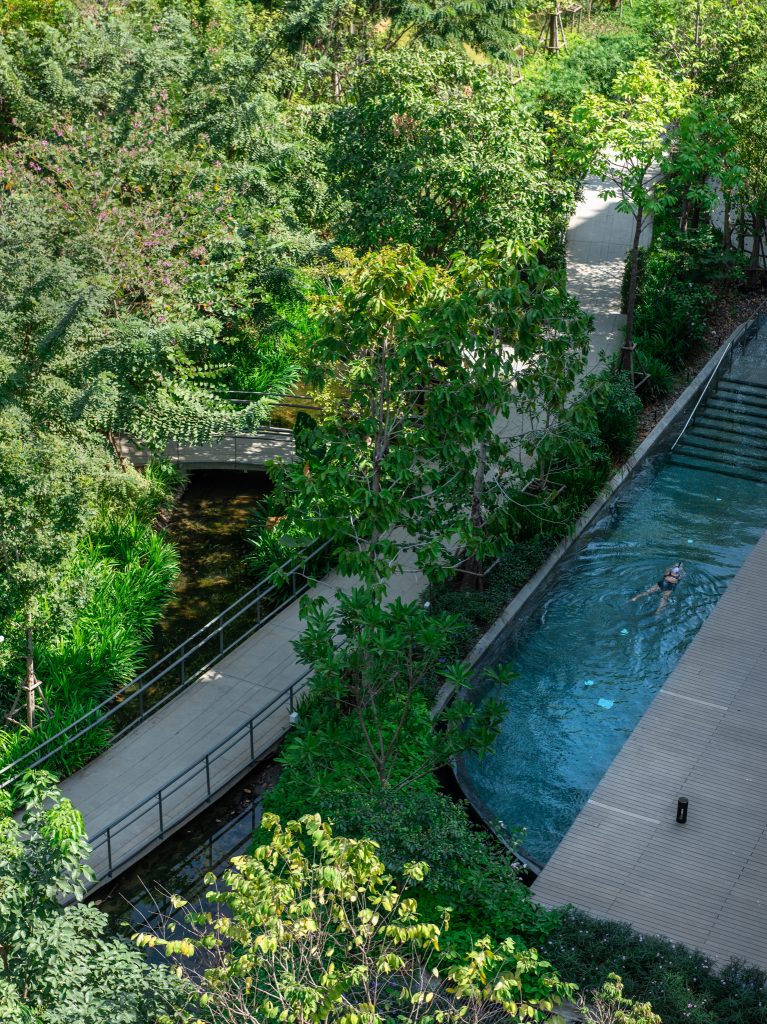
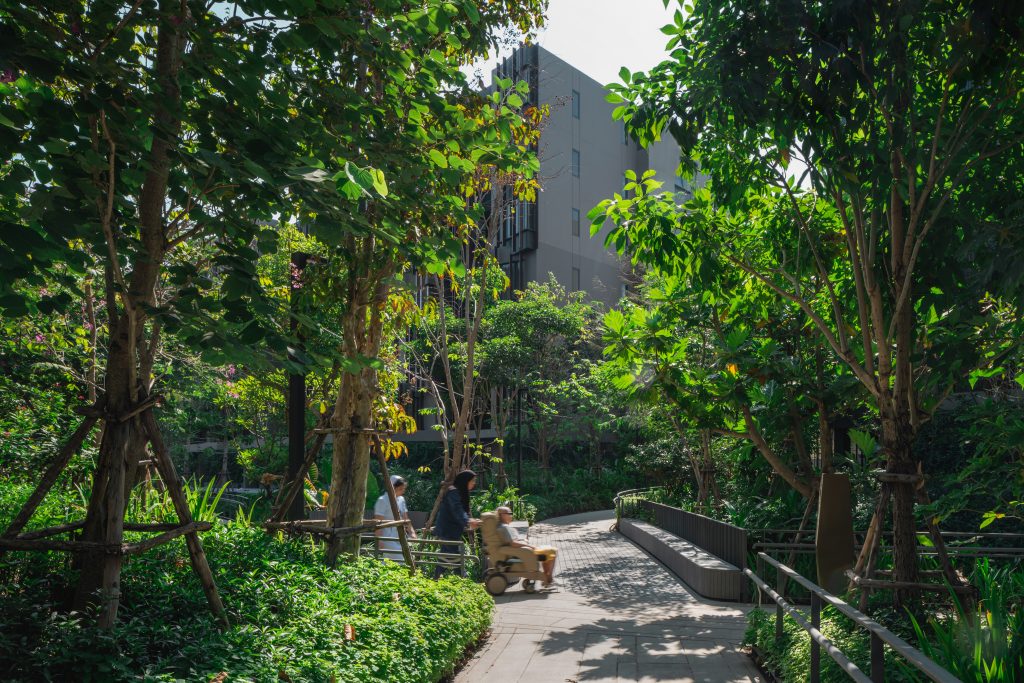

A perfect harmony with nature will surely enhance people’s physical and mental health. Plants selection varies in heights, forms and flower colors, including Perennials, Shoreline Trees, Groundcover plants. To imitate a forest, they are arranged all over softscape areas by mixing up, rather than in an orderly composition. They can trigger the ‘ecological succession’ process, allowing every species to grow mutually and substitute the older ones naturally over time.

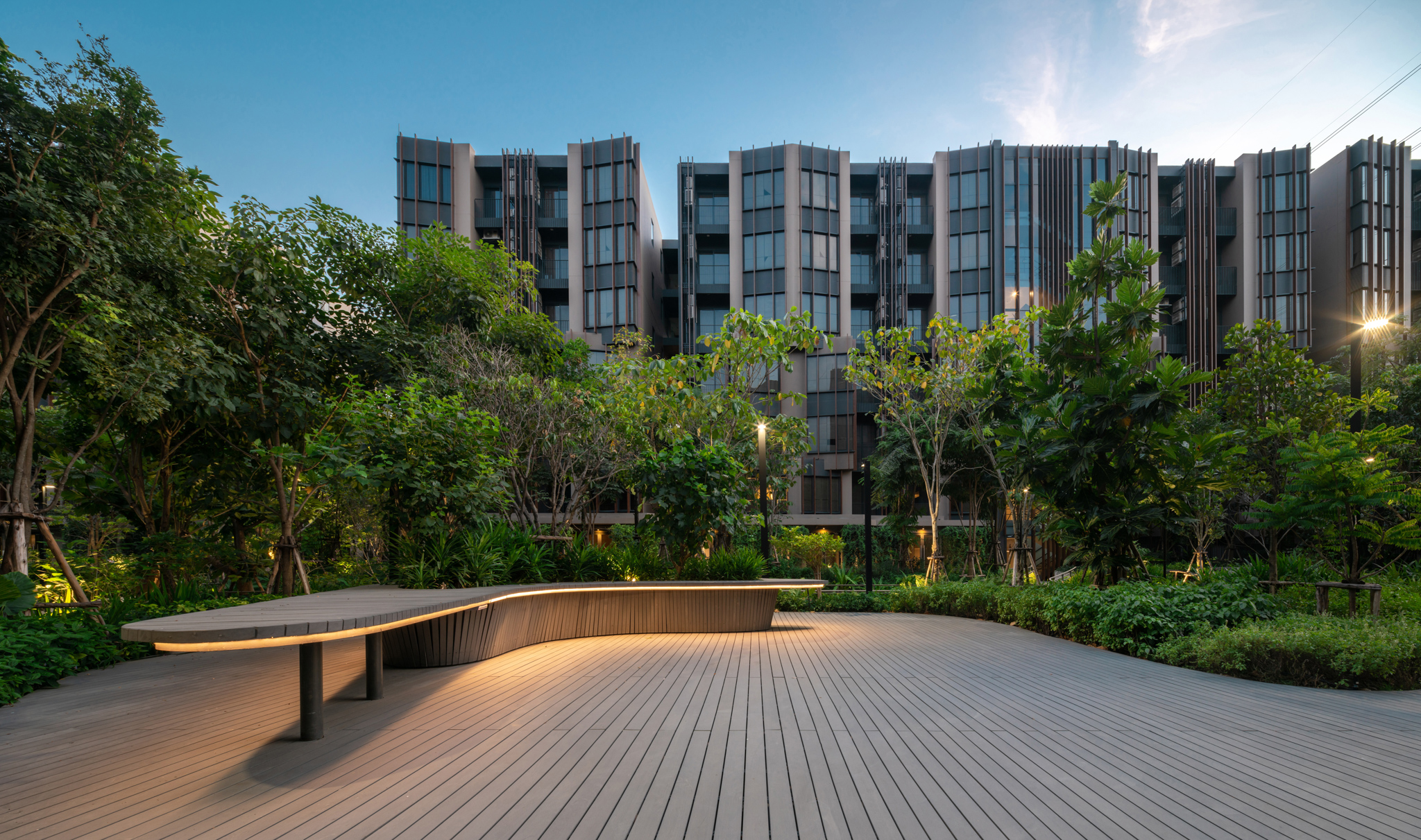
Water management system functions in handling flooding on wet seasons and supplying adequate water on dry seasons. ‘Creek’ is proposed through the middle of the site as a main drainage and treatment system, along with ‘Bioswale,’ gathering runoff water from the outer part. Primarily purified water will flow along the way into ‘Biopond,’ used for retention and secondary treatment. It, therefore, provides reused water for irrigation and keeps the project green all year. This resilient ecosystem essentially becomes food sources and habitats for ‘urban wildlife’ such as birds, aquatic animals, insects and squirrels, playing a role in maintaining biodiversity and even exchanging such systems with nearby areas.
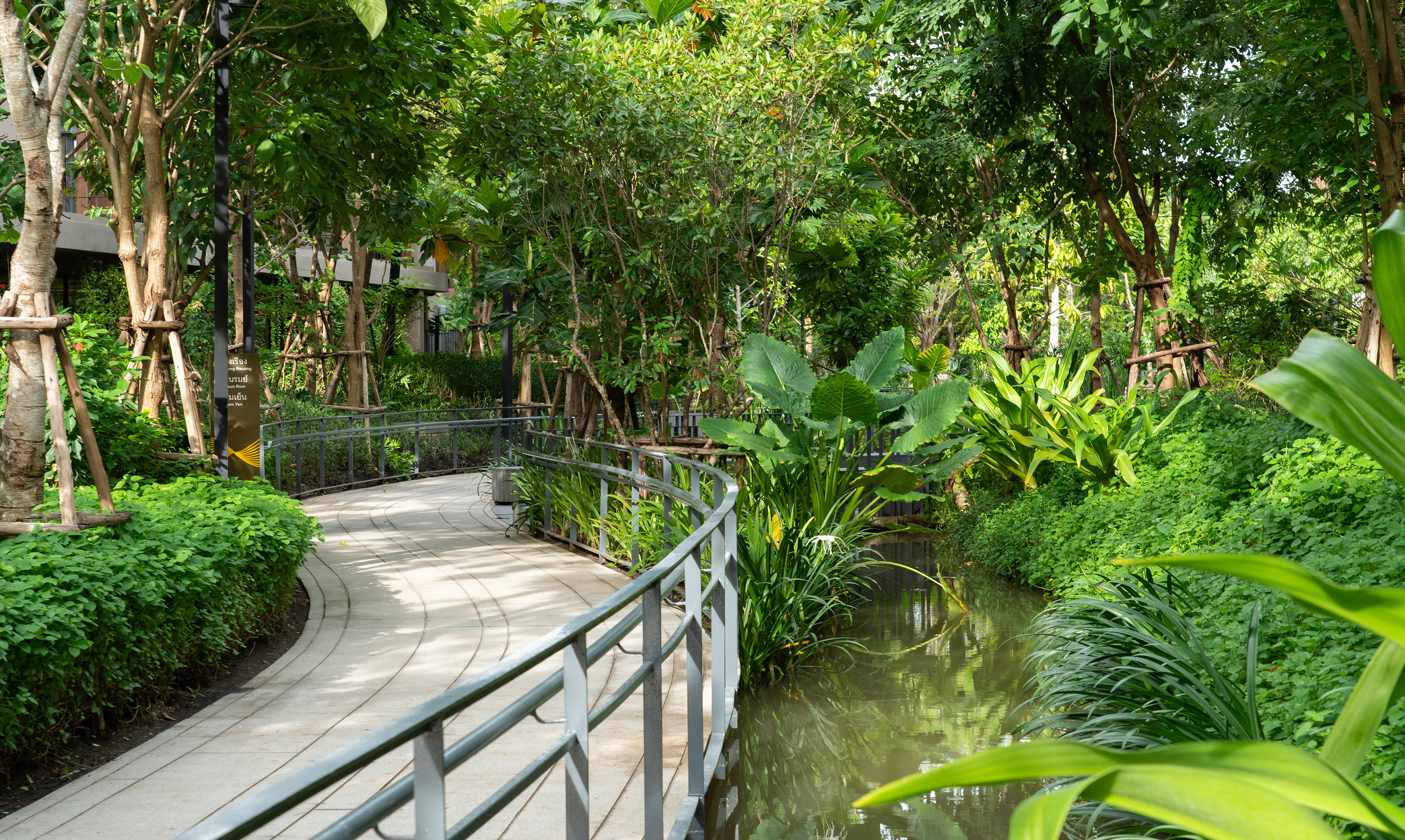
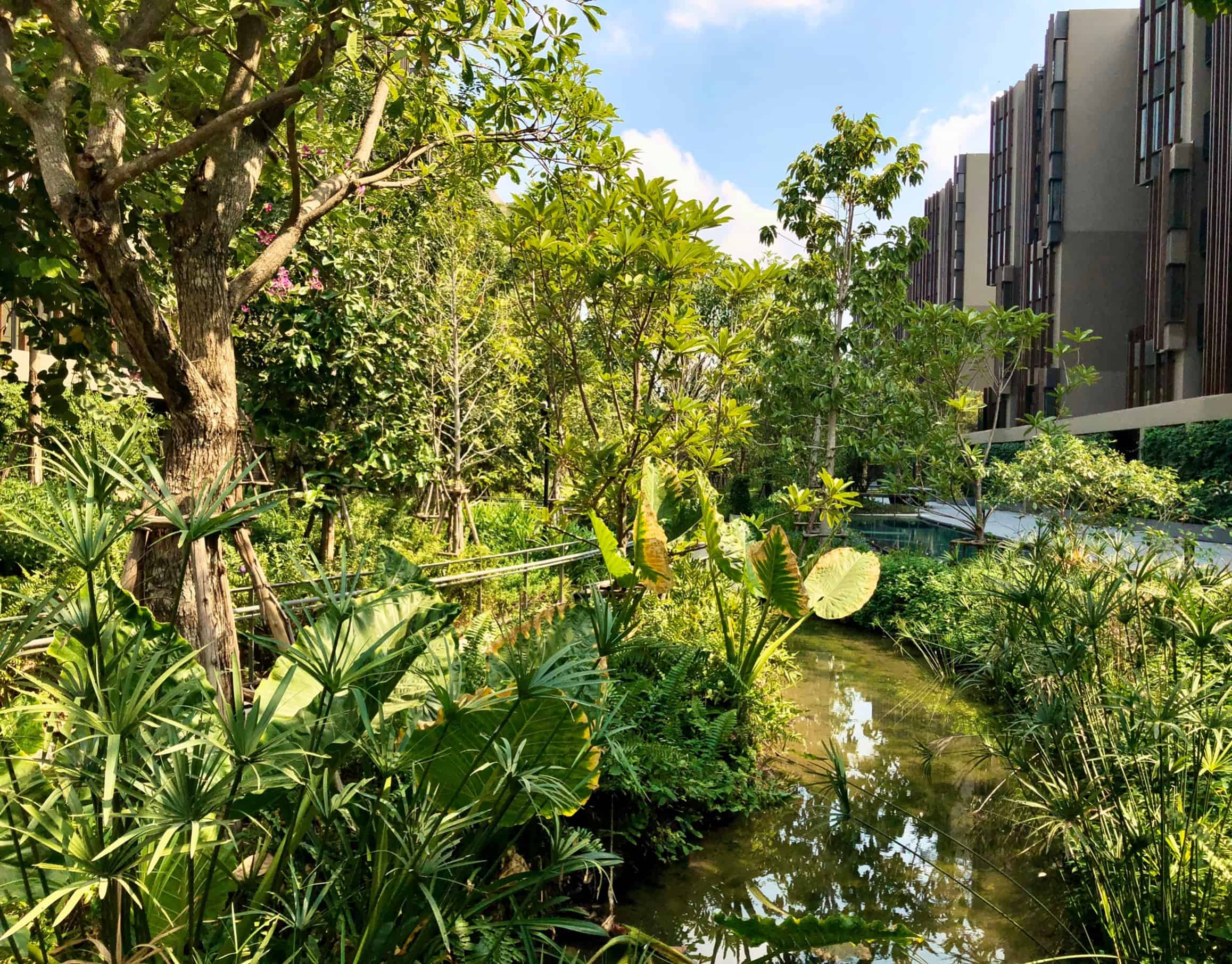
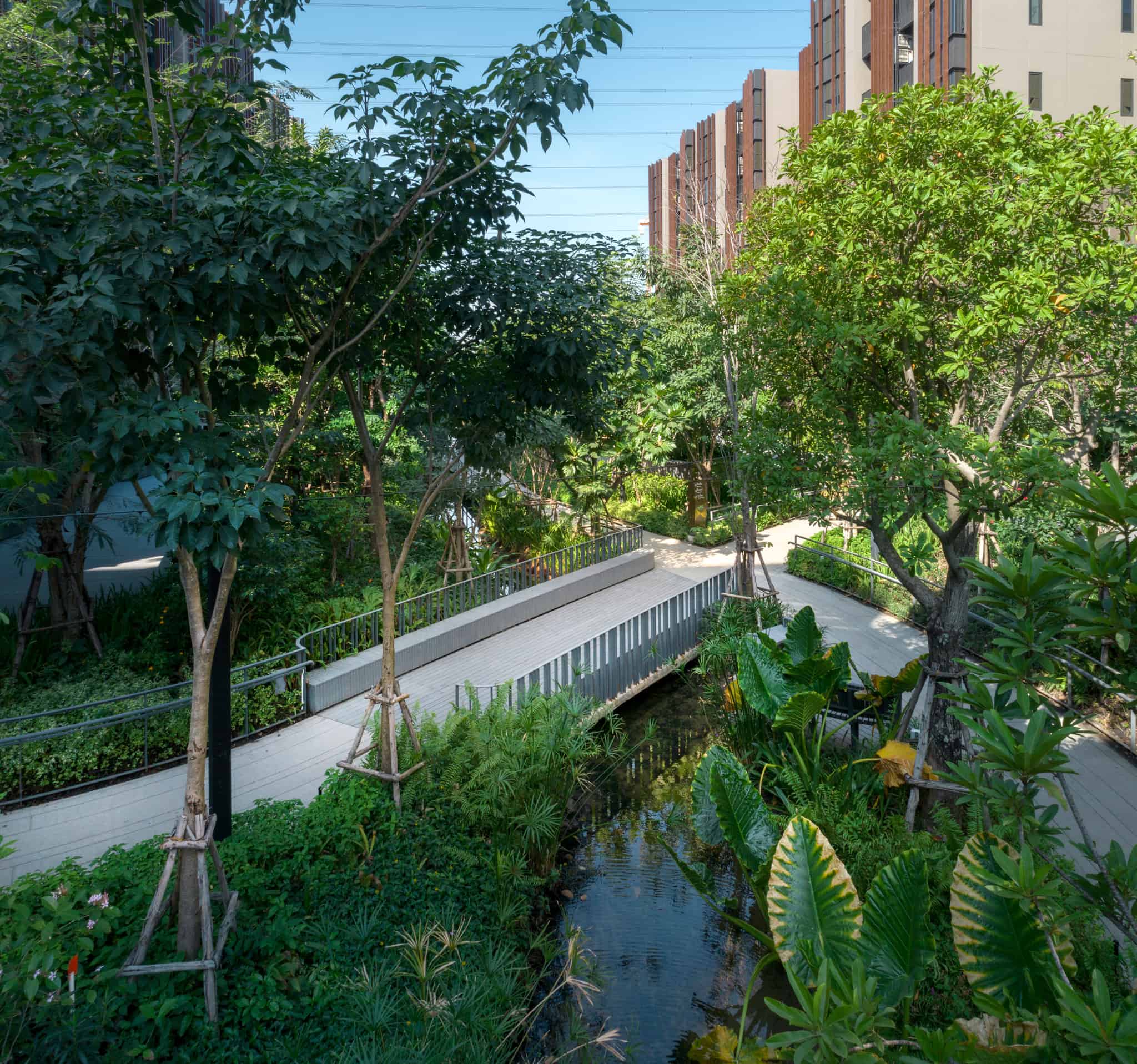

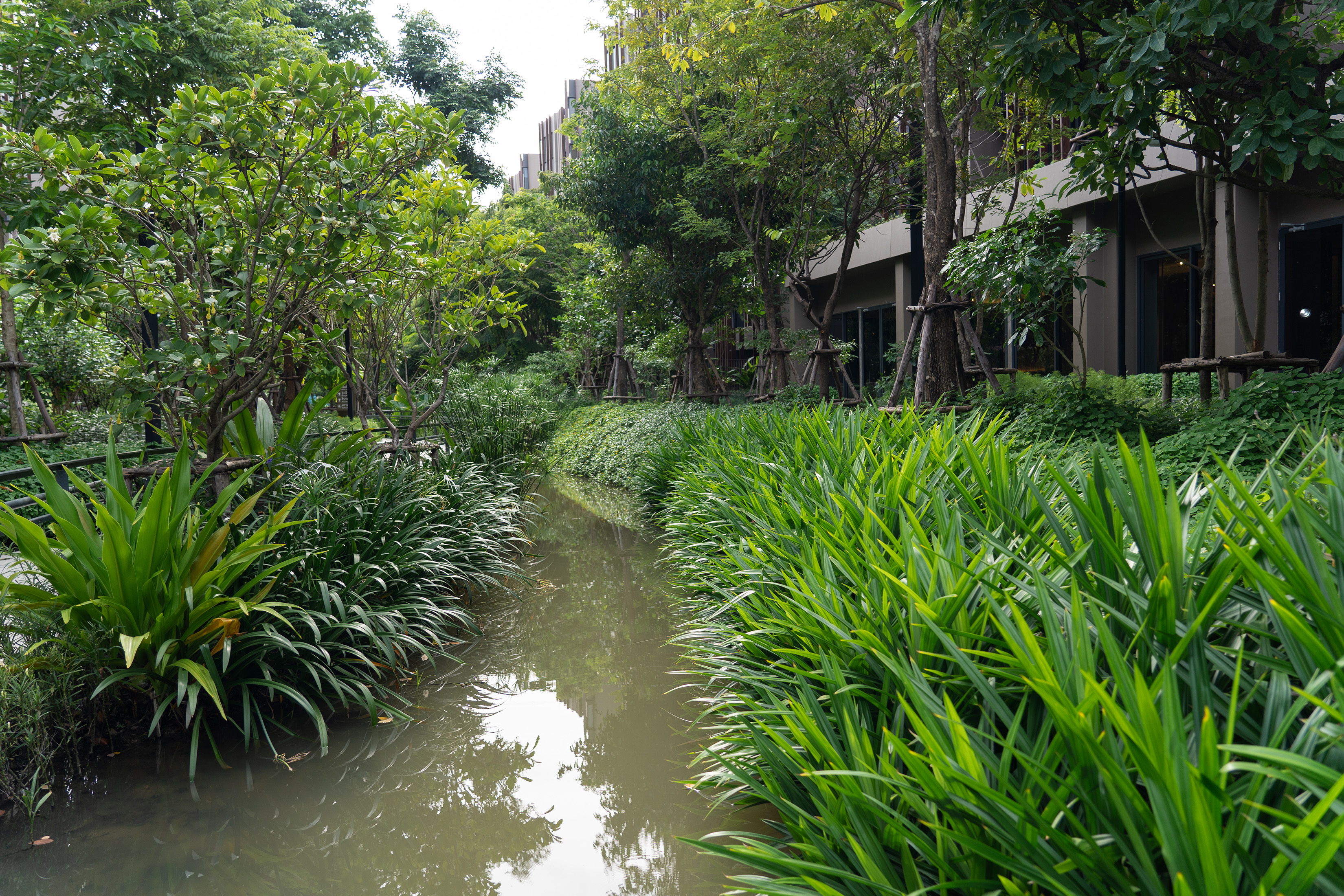
Universal Design remains the essence of the project design. Stairs are replaced with slope throughout the project. All paths in the garden are equipped with handrail. Seats and rest areas are built every 30-50 metres along these paths to provide elderly who cannot walk for a long distance to rest from time to time while having a walk. Rough surface materials are selected to reduce the risk of slippery road. Effective lighting is applied to all used space for safety at night.
